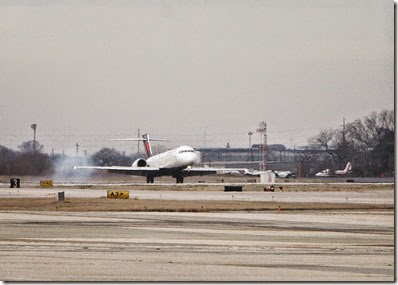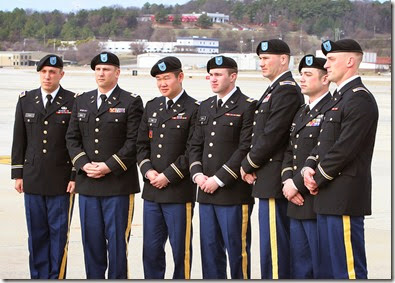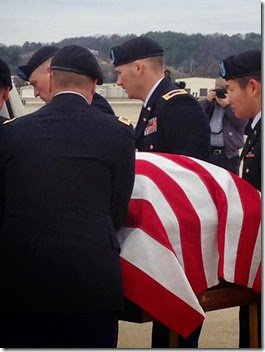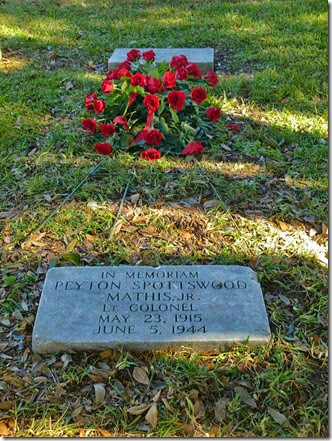Can it be? Is summer 2015 really over? You promise?
A smorgasbord of ways to know if it’s really over muddles the
real answer. There’s the Unofficial end of summer, the Fashion end of summer,
the Astrological end of summer, the Meteorological end of summer, the Astronomical
end of summer, and the Temperature end of summer. These are probably only a
short list of the possibilities.
| How you know summer is here -- ripe tomatoes. . . |
Right now in Alaska, autumn is morphing, or already has
morphed, into winter. I think Anchorage has already had snow.
At the other end of the Northern Hemisphere, many, many
people in the American South pine for summer to end, for the obnoxious Dog Days
to end, for the triple-digit temperatures to end. By the time it really ends,
we are hot and sticky and the ants are too hot and sticky to show up at picnics and
backyard cookouts. The pool and lake waters no longer refresh, since they are
as hot as the outside air. The sugary white sand on our Gulf Coast is as hot as
hot tar on a roof. And air conditioning units fall victim to the hot and sticky
monster’s final insult.
In my childhood, we had window and attic fans running in
summer. Soon enough all they did was suck in hot and sticky, thick air.
People who spend their summers in Alaska are really tired by
the onset of fall, because the summer days stay light all night. People in the
South, especially those with broken or no air conditioning, are exhausted by
summer’s end because no one can sleep in molasses-thick air.
| . . .and peaches |
About the time the Dog Days arrive, one of the best parts of
a Southern summer are over – when all the fabulous fresh vegetables and fruits
that the sun and heat and rain and humidity have offered up are gone. Gone. You
go to the farmer’s market and ride all over town looking for the fresh food
stands in trucks and shaky wooden huts and you find nothing, so you throw your
head onto the steering wheel and weep. Tomatoes gone, peaches gone. Lady- and
black-eyed peas, Silver Queen corn, butter beans, limas, blackberries, figs,
watermelon, cantaloupe – everything – poof – gone. Disappeared into thin. . .
.no, thick, hot air. No more BLTs, no more peach cobbler, no more blackberry
pie.
Then you go home only to find the kids moaning and whining
about how bored they are and how they don’t want to go swimming because it’s
too hot. In your emotional mind you’re screaming, “SHUT UP!”
| Just add bread slathered with mayo and you've got BLTs |
Then, finally, the end-of-summer signals start beeping: School
starts. College and NFL football games replace baseball. Labor Day, the
unofficial end of summer, demands you put up your white patent leather shoes,
white cotton gloves, and light linen clothes. OMG, some relief is in sight.
(An aside: I wouldn’t wear white patent leather shoes or
white cotton gloves for all the jobs in China. Furthermore, neither Alabama’s second-ranked
Crimson Tide nor Auburn’s Tigers are doing very well on the gridiron. I think
we’re both all in for a long season.)
| Cobbler in an iron skillet |
But the most definitive signal of all is tomorrow,
Wednesday, September 23, at 3-something a.m.Central Time. There is a moment, an almost
magical moment, an astrological moment, when our sun shines all the way across the Earth’s equator, giving both hemispheres equal amounts of day and night
before slipping downward to the Southern Hemisphere – the Autumnal Equinox. You’ll
find much more about it here: http://spaceweather.com/
gives you information about the aurora watch and autumn equinox. This site also
tells you about near-encounters, geomagnetic storms, and much more happenings
in space. Also see http://science.nasa.gov/science-news/science-at-nasa/2000/ast22sep_1/
for exciting visits into space.
Autumn is as slow getting to Alabama as a Southern drawl.
But a couple of weeks ago we had a rare weather event – a late summer “cool”
front slid all the way to the coast. Nighttime temps fell into the upper 50s,
which we haven’t seen in a coon’s age. Three or four leaves fell onto my patio,
heralding the avalanche of leaves to fall. The “cold” tap water coming out of
my faucets got cooler; soon it will run cold again.
But summer is not lost. Before you know it, Halloween,
Thanksgiving, and Christmas will be over, thank goodness. Soon after, crocus
and daffodils will pop up like Jack-in-the-boxes. The spring equinox will
happen, somewhere around March 22, and summer will return with all its bounty.
It is sort of magical: It’s always summer somewhere.









